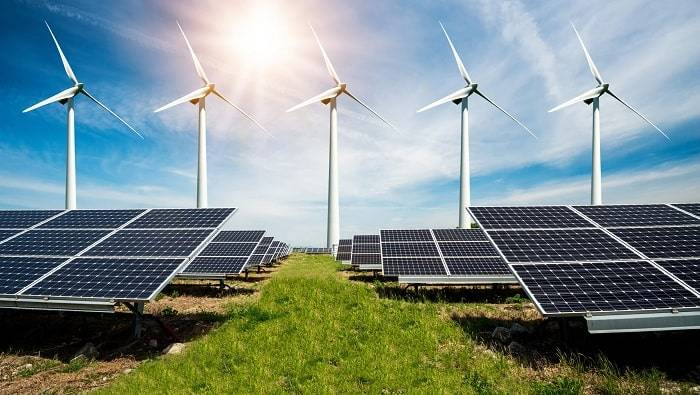The cables used in the solar power station system can be roughly divided into two types, DC cables, and AC cables, according to the different use environment and purposes, the classification is as follows

1. DC cable
(1), the serial cable between the module and the module.
(2) Parallel cables between the strings and between the strings and the DC distribution box (combiner box).
(3) Cable between the DC distribution box and the inverter.
Generally, the above-mentioned DC cables are used outdoors. They are required to work normally under humidity, sunlight, cold, and ultraviolet radiation. In some special use scenarios, they must be resistant to chemicals such as acids and alkalis.
2. AC cable
(1) The connecting cable from the inverter to the step-up transformer.
(2) The connecting cable from the step-up transformer to the power distribution device.
(3) Connecting cables from the power distribution device to the power grid or users.
The appeal cable is an AC load cable, which is more used outdoors, and the selection requirements are the same as the selection of general power cables.
3.solar cable
Most of the DC cables in solar power stations are arranged outdoors. The environment where the use scene is located is very harsh. The material of the cable is selected according to the UV, ozone, severe temperature changes, and the degree of chemical corrosion such as acid and alkali in the environment. If you use ordinary cables, working for a long time in a harsh environment will cause damage to the cable sheath, and even the decomposition of the cable insulation layer, resulting in a short circuit of the cable and a fire accident. Therefore, it is absolutely necessary to use solar cables in solar power stations. Solar cables and ordinary cables undergo different steps of radiation. The radiation significantly improves the thermal, mechanical, and chemical properties of the cable insulation material, and can withstand more ultraviolet radiation. , Severe temperature difference and chemical corrosion.





